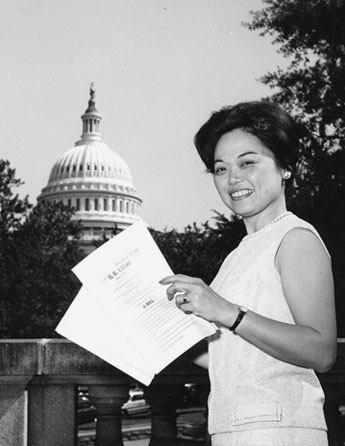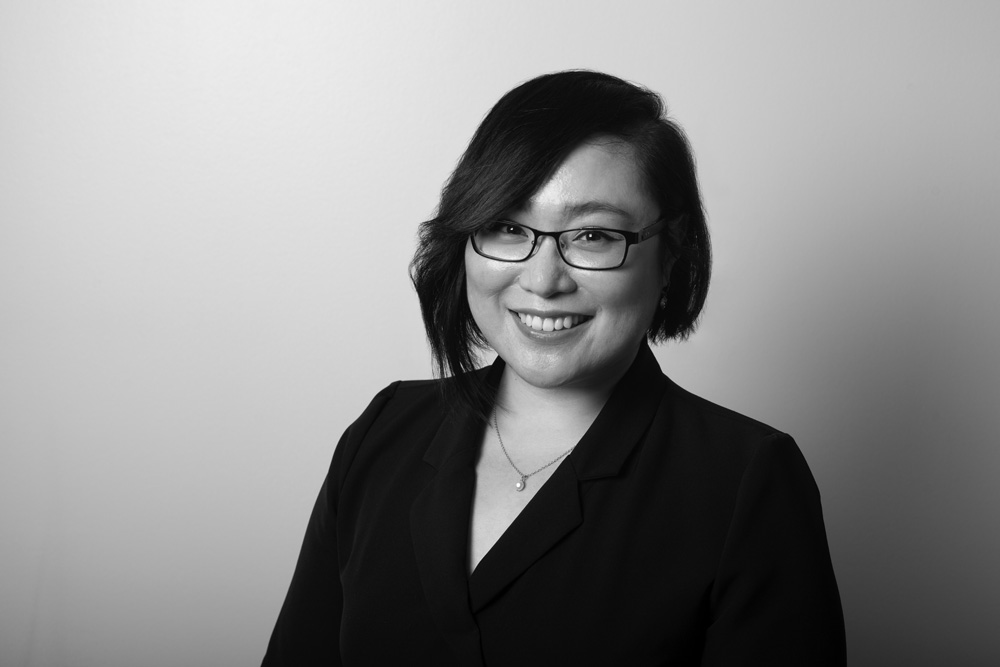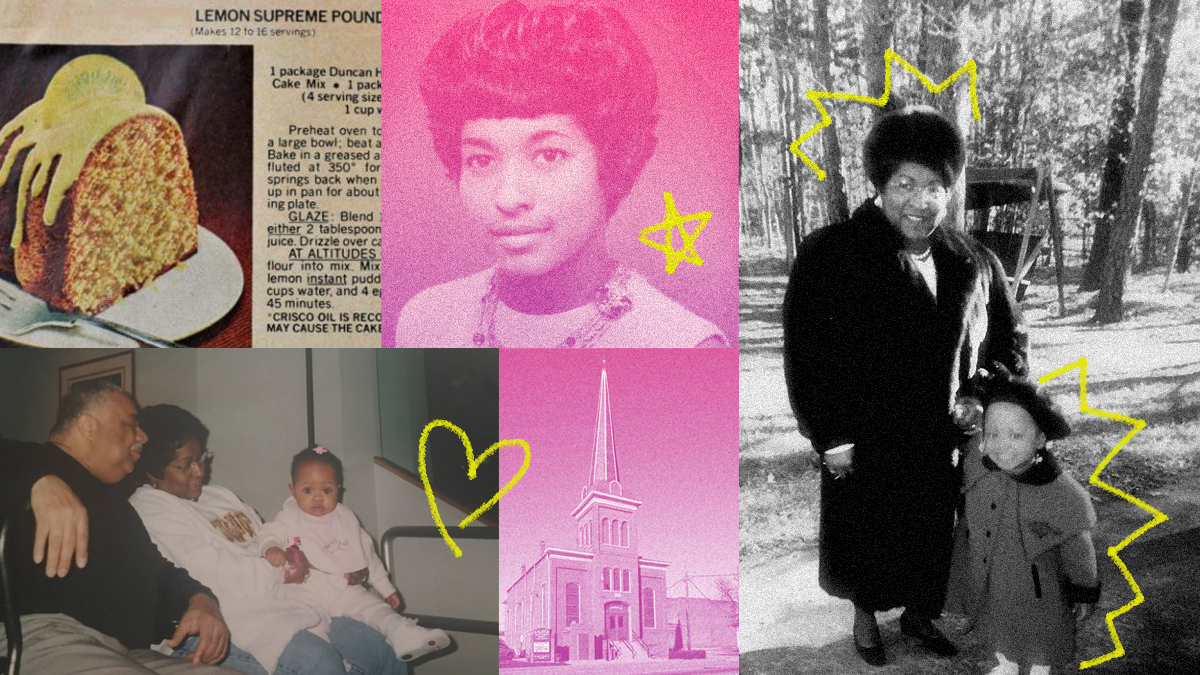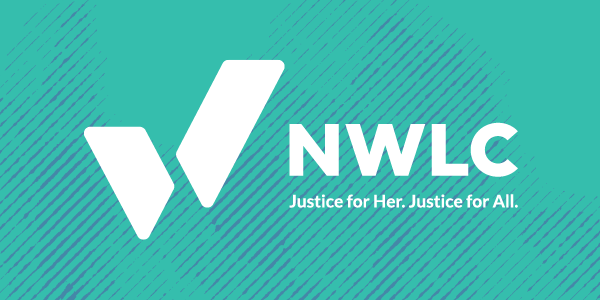As a second Trump administration approaches, we’re running out of time to confirm as many federal judges as possible to provide a check on his presidential power and curb his stated policy priorities.
Making the Invisible VISIBLE for Asian Pacific American Heritage Month


Did you know that in 1587, when Filipino slaves aboard Spanish galleon ships landed in what is now known as Morro Bay, California they became the first Asians on U.S. soil? What about the forced annexation of Hawai’i in the late 1890s and the present-day indigenous community’s battle for federal recognition? Did you know that the first-ever woman of color elected to Congress was Patsy Mink, a third-generation Japanese American lawyer from Hawaii?
Since 1992, every May is designated Asian Pacific American Heritage Month (APAHM). It commemorates histories, like those above, and provides an engagement opportunity for the oft-overlooked Asian and Pacific Islander communities. This month, the National Women’s Law Center is going to observe APAHM by sharing our stories, our research, and our take on the importance of representation and equity for all marginalized and historically under-represented peoples. We’re going to do our part in making the invisible visible.
Who are we talking about?
A broad term, Asian Pacific Islander encompasses all of the Asian continent (and Indian subcontinent) and the Pacific islands of Melanesia (New Guinea, New Caledonia, Vanuatu, Fiji and the Soloman Islands), Micronesia (Marianas, Guam, Wake Island, Palau, Marshall Islands, Kiribati, Nauru and the Federated States of Micronesia) and Polynesia (New Zealand, Hawaiian Islands, Rotuma, Midway Islands, Samoa, American Samoa, Tonga, Tuvalu, Cook Islands, French Polynesia and Easter Island). Altogether, APIs in the United States come from over 40 racial and ethnic subgroups and represent hundreds of languages.
Asian Americans and Pacific Islanders (AAPIs) – Americans of Asian and/or Pacific Islander descent – constitute the fastest growing major racial or ethnic group in the United States. According to the latest population data, the U.S. Asian population has grown 72% between 2000 and 2015 (from 11.9 million to 20.4 million) and the Native Hawaiian and Pacific Islander population has grown at least 40% between 2000 and 2010. And with this growth, comes electoral power: for a group largely ignored by both major parties, engagement with AAPIs led to victory for President Obama in 2012. For AAPI women, in particular, this population growth means an even more distinct shift in the demographic issues motivating electoral and economic participation.
Why May?
In 1978, a joint congressional resolution spearheaded by Congressman Frank Horton of New York urging President Carter to “proclaim a week, which is to include the seventh and tenth of the month, during the first ten days of May of 1979 as ‘Asian/Pacific American Heritage Week.’” The resolution was passed by the House and then the Senate, and then signed into law on October 5, 1978. Notably, the efforts behind Rep. Horton’s joint resolution were the result of Ruby Moy’s tenacious leadership, Horton’s then-Chief of Staff.
During the next decade, Presidents passed annual proclamations for Asian Pacific American Heritage Week until 1990 when Congress passed legislation which expanded observance to all of May that year. Then in 1992, Congress passed a law that officially designated May as Asian Pacific American Heritage Month.
May was chosen to commemorate the immigration of the first Japanese immigrants on May 7, 1843, and to mark the anniversary of the completion of the Transcontinental Railroad on May 10, 1869 wherein the majority of the laborers were Chinese migrant workers.
What’s in store?
This May, the NWLC is going to uplift stories from the AAPI narrative and history, including our communities’ civil rights contributions and luminaries, research disaggregating data on AAPI women and families, and the communities’ increasing representation in the various halls of power from the Capitol steps to the red carpet.
We’ll talk about the often-silenced or ignored segments of our community’s past and present-day lived realities, like the problematic and harmful “Model Minority Myth” that ignores the stark socioeconomic suffering of, for example, Hmong, Samoan, and Burmese women. As well as the racial formations that have fed and continue to feed into the “Perpetual Foreigner Myth” that enabled Executive Order 9066 – the forced relocation and internment of nearly 120,000 American citizens of Japanese descent – and has resurfaced in our country’s Post-911, anti-Muslim sentiments and proposed “Muslim bans.” We’ll also talk about celebrations of progress and contribution, like Patsy Mink’s fierce battle for women and the Great Society legislation that have made this country greater than it was before.





